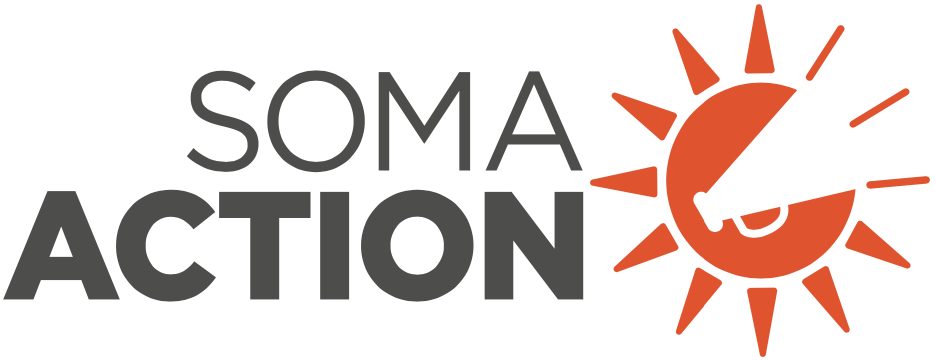SOMA Racial Justice Committee’s Take On the Columbia High School Pool
Swimming is not only an enjoyable activity, but the ability to swim also makes the difference between life and death. According to the USA Swimming Foundation, 64% of African American children do not know how to swim compared to 40% of Caucasian children. 79% of children in families that earn less than $50,000 a year do not know how to swim. These statistics alone should be sufficient to give us pause, they are a sad indictment of the insidious, life-threatening dangers caused by structural and systemic racism.
And now SOMA is faced with the decision of whether to restore the pool at Columbia High School (CHS), or to repurpose the space. Whose lives, needs, and values will have been centered once the decision is made? Some of the decision makers, and residents in our two towns may be oblivious to the racist historical past of this issue, and the impact of structural racism on swimming.
Thousands of public swimming pools were built in the 1920’s and 30’s. However, Jim Crow segregation meant that most of these pools were labeled “White Only.” Those pools that were available to Black people were small and unkempt. As a result, many Black Americans and POC never had sufficient access to a pool to learn to swim.
Can we put a price on life? According to the CDC, Black children 5 – 19 drown at rates 5.5 times higher than white children in pools. Black children 11-12 drown in pools at rates 10 times those of whites. Many People of Color in SOMA cannot afford to join their costly local municipal pools. Their only access to a pool and learning a lifesaving skill may be the pool at Columbia High School. If the SOMASD were to repair the pool at a cost of millions, make swimming part of the curriculum, and save but one life as a result, is that justification enough to center access and equity?
The USA Swimming foundation also states that only 13% of children of parents who don’t know how to swim learn to swim. This means there are multiple generations of Black Americans and People of Color (POC) who do not swim. This a clear multigenerational issue of equity and accessibility resulting from the legacy of oppression. It would be an act of reparations to ensure that POC in SOMA have equal access to life saving swimming lessons. The towns and the BOE can offer a reparative solution for the multiple generations of those who did not learn to swim, or who drowned due to structural racism.
Maplewood and South Orange are progressive towns. We expect our municipal leaders including members of our Board of Education to act in a way that is consistent with the values of the Towns they serve. We hold them, as well as ourselves to a higher standard when it comes to decisions that impact equity and access. We expect these two issues along with structural and institutional racism to be of paramount consideration generally, and with regard to the pool at CHS, and issues of equity and access in swimming specifically. The SOMA Action Racial Justice committee calls upon the BOE to find a local and reparative solution to this legacy of oppression and take deliberative action to right the harm that has resulted.

